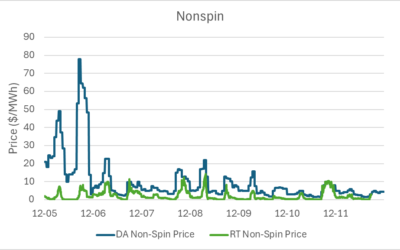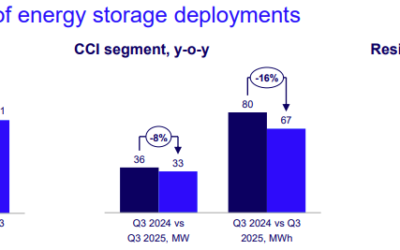
UK demand response aggregator Flexitricity has successfully secured gas and electricity supply licences from regulator Ofgem, giving the demand response aggregator the green light to enter the country’s balancing mechanism.
The Edinburgh-based company revealed in December its intention to access the market and give its customers a slice of what it saw as a £350 million market.
The regulator released statements on Friday alerting the market that Flexitricity had been successful, with the company’s chief executive Ron Ramage congratulating his team for the achievement “bang-on schedule with no hiccups along the way”.
The balancing mechanism is used to balance supply and demand in each half hour trading period of every day. Where National Grid predicts that there will be a discrepancy between the amount of electricity produced and that which will be in demand during a certain time period, they may accept a ‘bid’ or ‘offer’ to either increase or decrease generation.
Try Premium for just $1
- Full premium access for the first month at only $1
- Converts to an annual rate after 30 days unless cancelled
- Cancel anytime during the trial period
Premium Benefits
- Expert industry analysis and interviews
- Digital access to PV Tech Power journal
- Exclusive event discounts
Or get the full Premium subscription right away
Or continue reading this article for free
Flexitricity will now offer access to this market, and the revenues available within it, to its energy customers who without supply licences of their own would not be able to make offers to National Grid.
Back in December, the company had noted that in comparison to the wholesale market’s unit cost of around £50/MWh, prices on the Balancing Mechanism can top £2,500/MWh in times of high demand.
Flexitricity says this will unlock this new revenue for customers by trading their flexibility as and when it becomes available, presenting “a major market opportunity for companies previously excluded from the BM”.
It also claims that the ad-hoc nature of the market, without forward commitments and offering highly dynamic prices, makes it very suitable for any ‘despatchable’ generators, flexible consumption at energy intensive sites, and for batteries.
A lot more activity and opportunity
Cameron Welsh, who works to provide market access to ancillary services, capacity market and trading for energy flexibility for Flexitricity’s customers, recently said at the Energy Storage Summit – organised by Energy.Storage.News’ publisher Solar Media – that the balancing mechanism offers significant opportunities for battery storage.
“Battery storage can play a significant part in [the balancing mechanism] and there’s no reason it couldn’t be in there just now, other than the fact that no one’s been willing at the moment to take that capacity into that mechanism. That can then provide that dynamic and very flexible and price sensitive approach…
“I think the balancing mechanism is where we’ll see a lot more activity and opportunity over the next two to three years,” he said.





